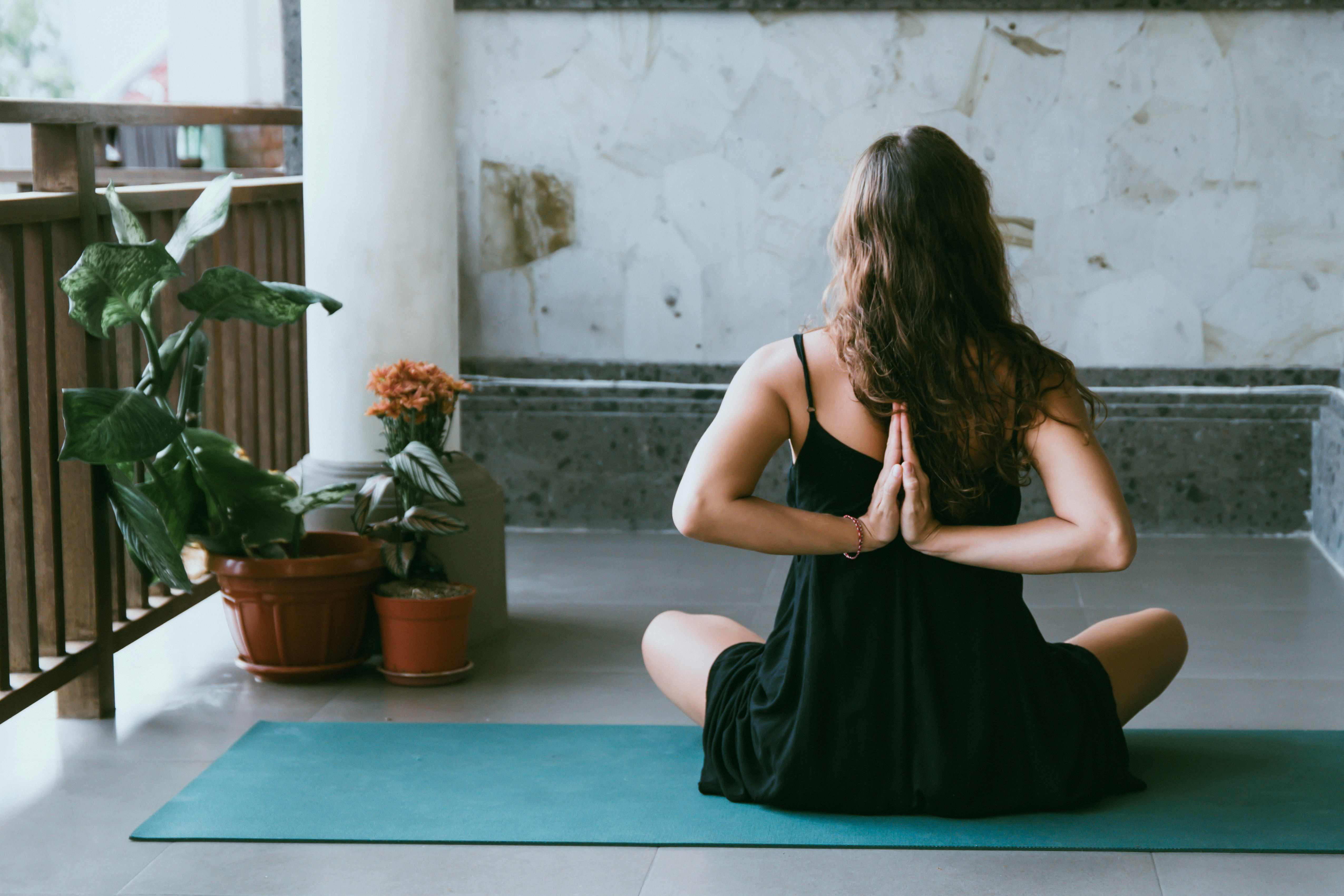News
Long-Term Yoga Mat Use for Joint Protection and Posture Support: A Scientific Perspective
Yoga has evolved beyond a fitness trend. Practitioners now demand equipment that safeguards the body. Among these, the yoga mat plays a crucial role. A high-quality, anti-slip mat can protect joints, support posture, and enhance overall exercise efficiency. Scientific studies increasingly confirm the benefits of consistent mat use. This article explores the mechanisms by which yoga mats influence joint health and postural alignment, offering guidance for long-term users.
Cushioning and Joint Protection
The primary function of a yoga mat is cushioning. During exercises, joints bear repeated loads. Knees, wrists, and elbows are particularly vulnerable. Mats made from high-density rubber absorb impact forces. By reducing stress on cartilage, these mats minimize microtrauma and long-term wear. Research demonstrates that cushioning of 4–6 mm significantly lowers joint pressure. Over time, this cushioning can prevent inflammation and overuse injuries.
Anti-slip surfaces complement cushioning. Grip stability reduces accidental slips, ensuring proper weight distribution. When practitioners maintain stable poses, the risk of sudden strain diminishes. Moreover, mats with ergonomic material elasticity distribute force evenly across joints. The combination of cushioning and friction creates an ideal environment for joint longevity.
Posture Support and Alignment
Yoga mats contribute to posture support beyond joint protection. Proper alignment relies on both tactile feedback and surface stability. Mats provide a reference plane that guides foot placement, hand position, and spinal orientation. By maintaining contact consistency, mats enhance proprioception—the body's ability to sense position in space.
Studies show that tactile surface feedback helps reduce spinal misalignment. For instance, when performing plank poses, practitioners maintain neutral spine positions more effectively on supportive mats. Similarly, balance poses like Tree Pose benefit from even surface resistance. Mats ensure the practitioner engages correct muscles, reducing compensatory movement patterns that could lead to chronic strain.
Surface material plays a significant role. Rubber and eco-friendly PVC mats offer a consistent grip while allowing minor deformation. This balance between firmness and adaptability optimizes skeletal and muscular alignment. Long-term use reinforces neuromuscular memory, promoting natural posture even off the mat.
Enhanced Stability and Core Engagement
Stability is central to yoga efficiency. A non-slip yoga mat improves balance and enhances core engagement. When the surface provides reliable friction, subtle muscular adjustments become measurable and repeatable. Core muscles activate more consistently, supporting spine integrity during complex poses.
Conversely, unstable surfaces force compensatory movements. Excessive sway increases joint stress, particularly in the knees and lumbar region. Mats with uniform anti-slip textures reduce such deviations. Research confirms that practitioners using stable mats experience lower incidences of lower-back discomfort.
Moreover, repeated exposure to consistent surface conditions improves kinesthetic awareness. The nervous system adapts to predict and respond to body position, resulting in enhanced proprioception. This adaptation not only improves yoga performance but also protects joints from inadvertent misalignment.
Long-Term Musculoskeletal Benefits
Continuous use of supportive yoga mats extends benefits beyond individual sessions. Longitudinal studies indicate reductions in joint stiffness, enhanced muscle coordination, and improved ligament resilience. Mats that combine cushioning, grip, and surface feedback allow for progressive training intensity.
Lower limb joints, especially knees and ankles, show measurable protection against overuse injuries. Upper extremity joints benefit from reduced impact during weight-bearing poses. The combination of ergonomic support and proprioceptive reinforcement accelerates recovery and prevents microtrauma accumulation.
Additionally, regular mat use encourages consistent exercise practice. Psychological factors, such as comfort and stability, motivate practitioners to maintain long-term engagement. Consequently, musculoskeletal health improvements are compounded over months and years.
Material Science and Design Considerations
The performance of yoga mats depends on the material composition. High-density natural rubber provides optimal cushioning, durability, and eco-friendliness. PVC and TPE mats offer varied firmness and elasticity but require precise formulation for longevity.
Surface texture also affects joint and posture support. Raised or patterned surfaces enhance grip, while smooth surfaces may reduce friction under sweat. Thickness balance is crucial: overly thin mats compromise cushioning, while excessively thick mats may destabilize balance.
Environmental resistance is another factor. Mats that resist moisture, UV exposure, and microbial growth maintain their protective properties over time. Proper maintenance and cleaning protocols further extend functional lifespan, ensuring consistent joint protection and posture support.
Practical Recommendations for Users
To maximize benefits, practitioners should select mats based on thickness, density, and surface texture. For joint protection, 4–6 mm high-density rubber mats are recommended. For posture support, mats should offer stable but slightly deformable surfaces. Anti-slip coatings or textures enhance safety during dynamic sequences.
Placement on flat, even floors further optimizes protective effects. Regular inspection of mat integrity, especially for tears or surface degradation, is necessary. Replacement intervals vary, but scientific evidence suggests a mat should maintain structural integrity for at least one year under regular use.
Combining mat selection with consistent practice reinforces neuromuscular patterns, improves proprioception, and minimizes cumulative joint stress. Users achieve optimal outcomes when material properties, design, and maintenance converge with disciplined practice.
Conclusion: Science-Driven Value of Yoga Mats
Scientific evidence highlights the dual benefits of long-term yoga mat use: joint protection and posture support. By providing cushioning, stability, and tactile feedback, mats reduce stress on joints, enhance alignment, and foster core engagement. Material science and surface design critically influence outcomes.
For practitioners, investing in high-quality, anti-slip yoga mats is both a health and performance decision. Over time, consistent use strengthens musculoskeletal structures, improves proprioception, and reduces injury risk. The mat is not merely an accessory but a foundation for sustainable yoga practice.
The integration of ergonomic design, material innovation, and scientific understanding ensures that yoga mats fulfill their protective and supportive roles. Long-term users experience measurable musculoskeletal benefits, validating the importance of carefully chosen mats in both casual and professional practice.
Categories
News
Contact Us
Contact: Dongguan Fulida Rubber Products Co., Ltd
Tel: +86 0752-6806686
E-mail: fay@fulidarubber.com